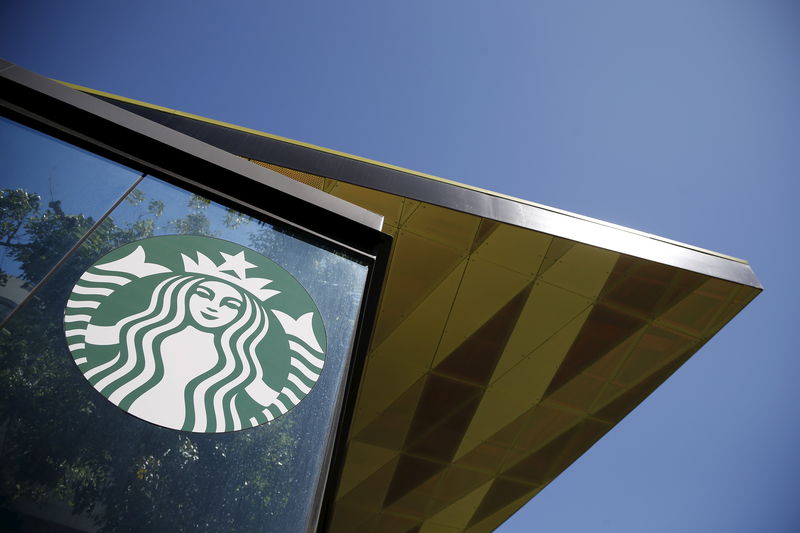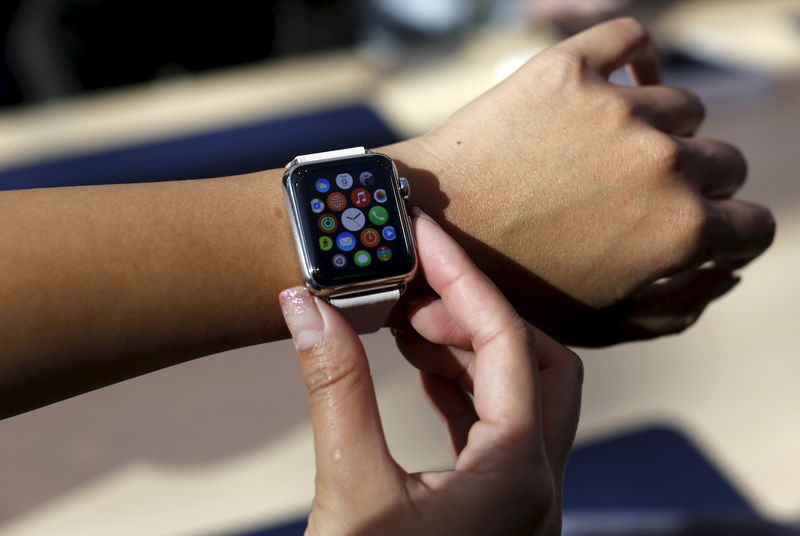European Central Bank President Christine Lagarde said after the policy board raised interest rates again overnight that “this is not enough,” and that the bank must “continue the battle against inflation at a steady pace.”
A day earlier, the U.S. Federal Reserve also tightened policy, with Chair Jerome Powell adding policymakers expected rates to rise higher and stay elevated for longer.
“It has been a big night in markets, with the modestly ‘risk-off’ reaction to the Fed on Wednesday from what was seen as a slightly more hawkish than expected set of outcomes, greatly exacerbated by the messaging out of the ECB’s meeting,” Ray Attrill, head of foreign-exchange strategy at National Australia Bank, wrote in a note.
The dollar index, which gauges the currency against the euro, yen and four other peers, edged 0.06% lower to 104.45 in early Asia trading, but following a 0.85% surge overnight, its biggest since late September.
It has been a volatile week for the greenback though, which has it ultimately on track for a 0.47% decline.
The dollar climbed as high as 138.18 yen on Thursday for the first time since Nov. 30, ending that day with a 1.68% gain. On Friday, it eased back 0.18% to 137.51 yen.
The euro added 0.08% to $1.0637, rebounding slightly from Thursday’s 0.49% retreat.
Sterling, which is also part of the dollar index, gained 0.11% to $1.21945, following a 1.99% tumble the previous day.
The Bank of England raised its key interest rate on Thursday as well and indicated more hikes were likely. However, investors bet that the BoE might be getting close to the end of its increases in borrowing costs.
The risk-sensitive antipodean currencies stabilised on Friday following big drops the previous day.
The Australian dollar was 0.13% higher at $0.67085, recovering after a 2.38% slide overnight that saw it touch $0.6677 for the first time since Dec. 7.
The New Zealand dollar bounced 0.19% to $0.6353 following a 1.84% tumble on Thursday, when it dipped to $0.6321, also a first since Dec. 7.





















